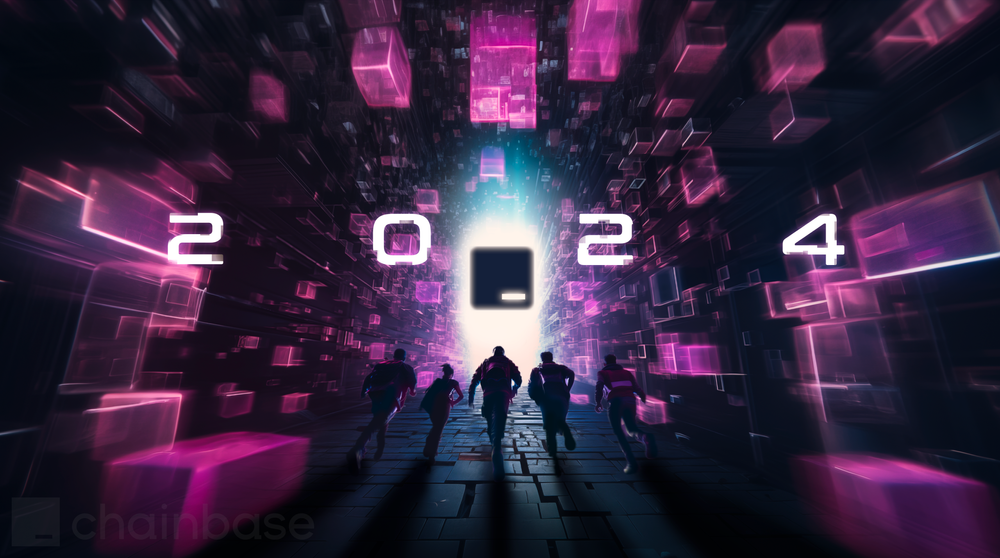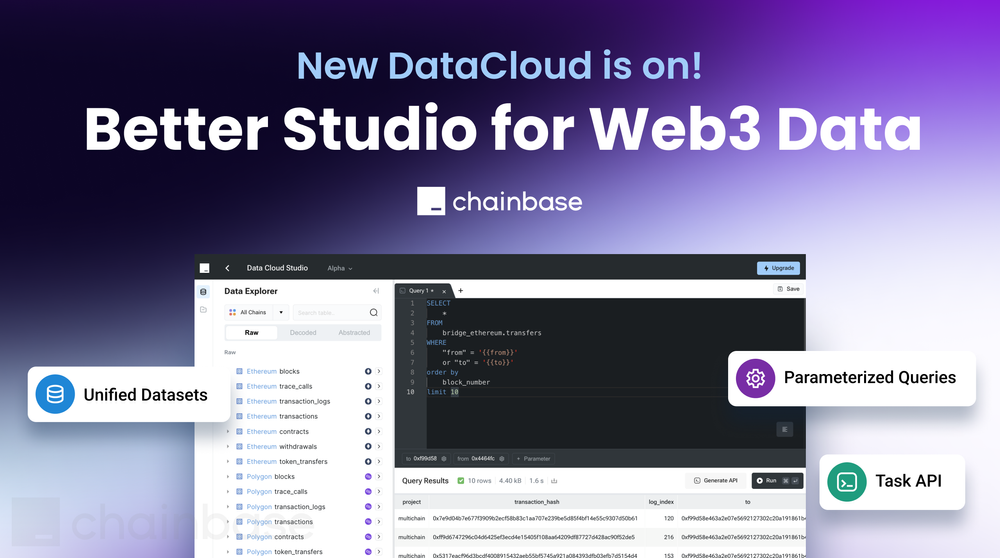Blog
Updates and insights 🚀🧑🏽💻💭

Multichain-The Ultimate Router for Web3.0
Multichain was born as Anyswap on the 20th July 2020 to service the clear needs of different and diverse blockchains to communicate with each other. Each blockchain has its own unique services that it provides, its own community and its own development ecosystem.

Diving Deep into zkSync Data: Unveiling Transaction Insights with Chainbase API
In this blog, we're exploring the function deeper, seeking insights from the vast ocean of zkSync public chain data.

Exploring Non-EVM Public Chains Unveiling the Allure of Their Unique Features
The following is an introduction to some popular non-EVM public chains and their features and selling points.

MakerDAO: Creating a New Era of DeFi
This article will provide an overview of MakerDAO's history, development, technical features, and future prospects to help readers gain a better understanding of this hot project in the decentralized finance (DeFi) space.

Ethereum’s Top Public Chain Intro & Tech Features Highlights Ranked by TVL
The following is an introduction to the top ten public chains and their corresponding technical features and selling points.

SushiSwap: From Emergence to Development
Since its inception, SushiSwap has undergone multiple updates and improvements, evolving into a prominent player in the DeFi ecosystem.

Integrating ChatGPT's Noteable Plugin with Chainbase API
This guide aims to lead readers to explore how to leverage advanced AI tools to delve deeper into and analyze on-chain data.

OpenSea Introduction-What is OpenSea and How to Use It
In this article, we will delve into the world of NFTs, explore the functionalities of OpenSea, and uncover the nuances of trading, buying, and selling NFTs on this platform.

Unraveling Reorgs Problems: The Chainbase Approach
As an infrastructure that relies on blockchain data, Chainbase is acutely aware of the importance of effectively detecting and handling block reorganizations.

Unleashing Cloud-Native Subgraphs: A Leap Towards Efficient Custom Indexing
A Subgraph is a specific implementation of The Graph's decentralized application indexing protocol. It serves as an indexing engine for various smart contracts, providing datasets for developers to query swiftly and efficiently.

Exploring the Power of MetaMask: Your Gateway to dApps
MetaMask transcends the role of a traditional wallet by serving as a bridge between users and the decentralized world of blockchain applications.

Simplifying Blockchain Access: The Role of Node Providers
blockchain nodes play a crucial role in the decentralized world of cryptocurrencies and dApps. However, running and maintaining individual nodes can be challenging.






